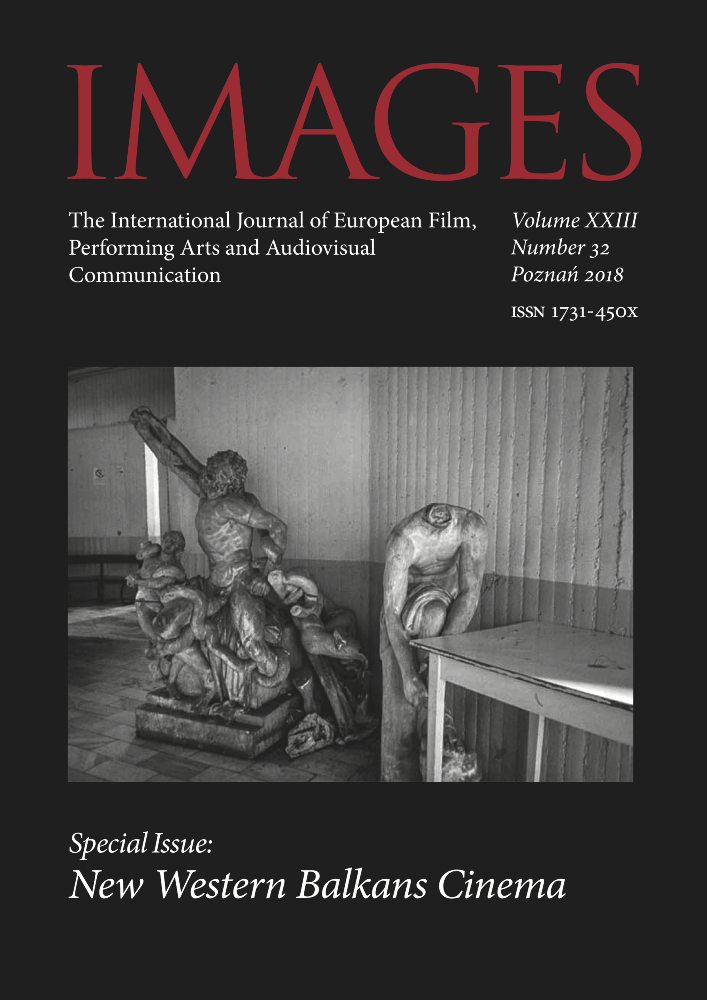Abstrakt
Post-Yugoslav film art is, similarly to Yugoslav cinema, exemplary of masculine cultural domination, approaching socio-national themes in a highly gendered mode and reflecting a return to patriarchy, more brutal than that during the existence of Yugoslavia. A new generation of cinéasts explores, with a backlash mixture of contempt and compassion, the themes of violence, displaying a new assault on female emancipation, which seemed to be in line with the socio-political context of rising nationalist movements that led to the bloody events of the Yugoslav war in 1991. The female character is re-located to a place traditionally assigned to women not as the subject of narrative or discourse, but as the object of love and/or hatred by a masculine subject. The films chosen to be analysed here are full-length auteur feature films – Virgina, Grbavica, Djeca, Bure baruta, with a specific focus on the work by Danis Tanović – are not representative of post-Yugoslav cinema, but as rare exceptions demonstrate that, contrary to the dominant post-Yugoslav public opinion, both the Yugoslav wars and post-war traumatic realities remain cinematically unexplored.
Bibliografia
Beauvoir S. de, The Second Sex, trans. H.M. Parshley, London 1988.
Bogojević M., Can the war memories be unveiled?, “Fedeora“ 2012, <http://www.fedeora.eu/can-the-war-memories-be-unveiled/>.
Bogojević M., Cinematic Gaze, Gender and Nation in Yugoslav Film: 1945 –1991, Crna Gora 2013.
Bogojević M., Interview with Jasmila Žbanić: “Prikazati “neprikazivo”, “Monitor” February 2007.
Braidotti R., Mothers, monsters and machines, in: eadem, Nomadic Subjects: Embodiment and Sexual Difference in Contemporary Feminist Theory, Utrecht 2006, pp. 85–97.
Butler J., Gender Trouble: Feminism and the Subversion of Identity, New York 1990.
Frodon J.-M., “Mort à Sarajevo”, danse macabre pour une Europe défunte, “Camera Lucida” 2017, no. 29–30, <http://cameralucida.net/test/index.php?option=com_content&view=article&id=825:2017-10-24-18-52-30&catid=31:cl-29-30&Itemid=9>.
Rivière J., Womanliness as a masquerade, in: Formations of Fantasy, eds. V. Burgin, J. Donald, C. Kaplan, London-New York 1986, pp. 35–44.
Sellier G., La Nouvelle vague: un cinéma au masculine singulier, Paris 2005.
Licencja

Utwór dostępny jest na licencji Creative Commons Uznanie autorstwa – Użycie niekomercyjne – Bez utworów zależnych 4.0 Międzynarodowe.
